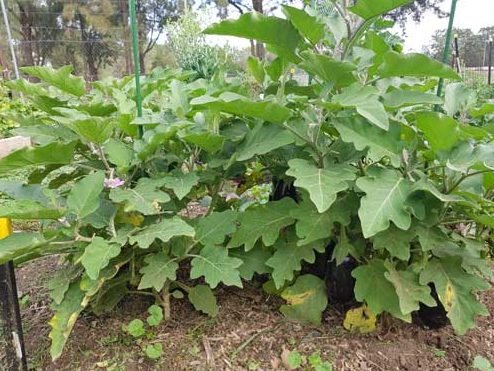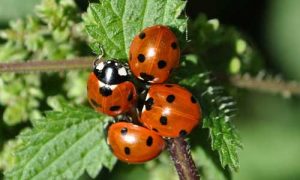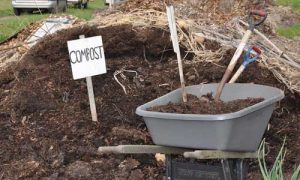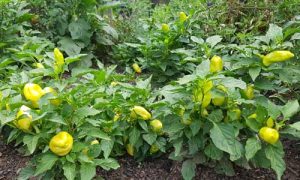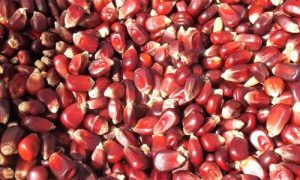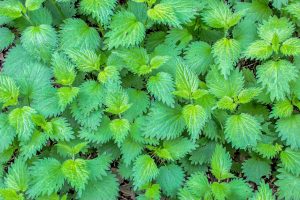The organic movement endeavours to provide an alternative to modern industrial agriculture’s dependence on synthetic fertilisers, fungicides, herbicides and genetic modification. Organic growers use natural means for improving and preserving our soils to produce nutritious, less contaminated food. The soil, enriched with compost, manure, green manure and mulches, and using companion planting, produces healthy plants which resist pest attacks and disease.

Gardeners seek to produce food that is safe, plentiful and nutritious. For COGS gardeners there is no alternative to growing food organically for the sake of the health of the growing environment and our food. Organic gardening is a practical way for us to address food security and the growing concerns of climate change in our community. How do we do this?
Healthy Eco-system
Healthy food requires that we provide the environment needed for our plants to thrive using methods which minimise disruptions to the interactions amongst those living organisms and life processes and nutrient cycles within the garden upon which the health of our plants depend. We see the garden as a biologically complete whole, comprising the ecosystem of soil, plants, insects and animals (including we who rely on the food produced). – an ecosystem that we develop and maintain to be robust and self-sustaining over time.
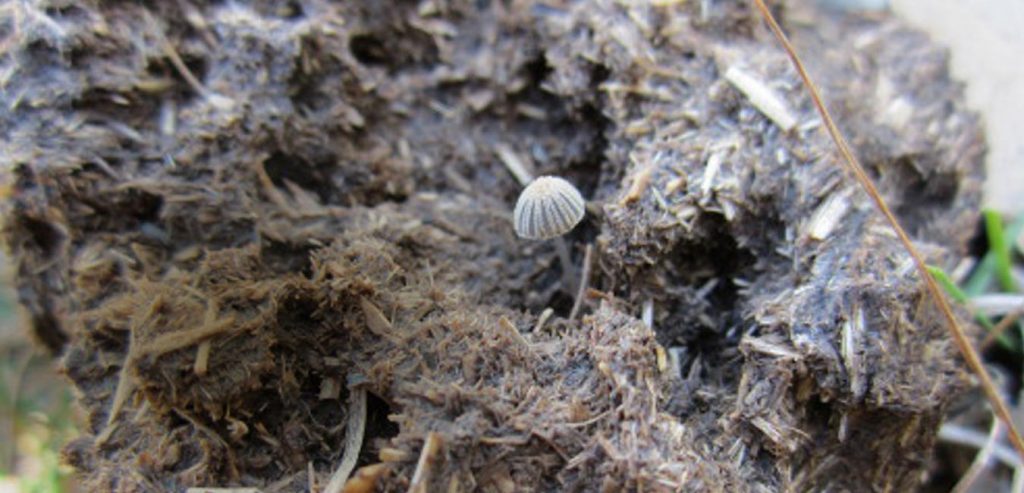
Healthy Soil
Organic gardening methods focus on maintaining or improving the fertility and biological health of the soil and the organic matter contained within it – called the “soil-food web”. Crop rotation, biodiversity and the use of compost, organic mulch and green manure are key to soil health as well as use of cultivation techniques that preserve soil structure. Organic growers feed the soil with organic matter – compost, manure and organic mulches. This organic matter feeds the myriad of soil micro-organisms and encourages earthworms, anthropods and other beneficial life. These make available a wide range of plant nutrients and produce a rich vibrant soil. Inappropriate gardening practices can quickly and severely damage soil life and upset its ecological balance. It is the maintenance of ecological balance both within and above the soil environment which is crucial to minimising pest and disease problems in organic gardening systems.
To learn more see the Soil page
Composting
In organic gardening we strive for a sustainable balance between the processes of growth and the processes of decay (sometimes referred to as the law of return). This means that whatever is removed from the soil as produce must be returned to the soil at approximately the rate at which it is removed. In practice this is achieved through composting our green waste. Composting is the decay – or decomposition process – which creates the humus essential for maintaining that healthy soil ecosystem responsible for the recycling of nutrients in a form accessible to our plants.
More information about composting: [link]
It was probably Lorn Northbourne in his book, Look to the Land, published in 1940, who first used the term “organic” to describe this ecologically balanced approach to farming and gardening. It was his view that, to maintain soil fertility over a long period of time so that high quality food can be produced sustainably, it is necessary for the farm or garden to have “…a biological completeness; it must be a living entity, it must be a unit which has within itself a balanced organic life”.
Allowed inputs & controls
Organic gardening uses no synthetically compounded chemicals such a artificial fertilisers. The only acceptable inputs to the production process, such as soil amendments and plant sprays, are those allowed under a recognised organic farm production standard (in COGS case, the Australian Certified Organic standard ).
Artificial fertilisers consist of a range of manufactured, highly soluble chemicals used to feed plants. These chemicals do serious long-term damage to the soil food web and are easily leached out of the soil risking pollution of our waterways.
In organic gardening, animal manures and mulches will be free from contaminants and obtained from certified organic sources where possible.
Even if a specific pesticide, herbicide or fungicide is allowed by the organic standards, its use may still be restricted and generally discouraged. It may only be allowed to be used as a last resort and only as part of an integrated or “bio-rational” pest management program. While less harmful than many pesticides, even plant oils and soaps that rely on a physical action against pests can still have adverse impacts on the ecosystem, for example, by harming beneficial insects, and should only be used sparingly, if at all.
Some so-labelled “natural” products are prohibited by the organic standards because of their toxic effects on eco-systems and/or human health (eg rotenone).
In organic gardening, plant health and nutrition are provided through a healthy soil eco-system that provides plenty of humus and there is little need if any for the gardener to “correct” nutrient imbalances in the soil or imbalances which may in any event lead to pest and disease problems. While pests and diseases do attack our plants from time to time and invasive weeds can be a serious problem, there are a range of techniques that can be effective in control. Organic gardeners will practice integrated pest management to minimise damage to the ecological balance within our gardens that our pest and disease control efforts might cause.
More information about managing weeds and pests (link).
Conservation & recycling
With its emphasis on a sustainable eco-system, organic gardening also aims to conserve resources – soil, energy and water – and minimise the use of non-renewable resources. Just by growing our own food or buying locally produced organic food we contribute to a broader ecological sustainability by reducing the consumption of fossil fuels for transport and commercial food production which is unsustainable.
We reduce water consumption by choosing plants suited to the climate and soil type and by our watering practices. By maintaining soil health and mulching we improve water retention. We collect and use rainwater where possible.
Garden green waste and food waste is recycled through composting and worm farms. Organic gardeners borrow and reuse materials and use materials that are bio-degradable (eg straw mulches).
Plant diversity
Organic gardeners will grow a wide range of plants not only for food but to encourage a balance of wildlife, including predators and parasites. We will grow a variety of vegetables that we like to eat and are suited to the local conditions and growing environment. We favour open-pollinated, heirloom varieties and use organic seed where available. We save and share seed as a contribution to self-sufficiency and preserving plant diversity and the qualities of taste, nutrition and pests and disease resistance so vital to our gardening efforts and food security. We recognise that genetically modified plants, seeds or other organisms have no place in organic gardening.
More information about seeds and seed saving [link]
Organic gardeners learn from nature and grow different species of food and other beneficial plants together (including some weeds) making good use of different needs (eg light and shade and the depth of roots) and insect pest and predator relationships. This is called “companion planting”.
Crop rotation
Rotating crops over a three or four-year cycle suited to your climate and growing space is vital to maintain the health of the soil and plants as well as the food value of crops.
It maintains the nutrient balance in the soil as different plants have different needs and extract different nutrients from the soil However, we still need to replenish the nutrients through soil amendments eg. compost and green manures.
It prevents the build-up of organisms that can cause plant disease or weaken their resistance to pests.
Rotations, incorporating legumes (eg peas and beans) are planned to ensure that not only aren’t nutrients totally depleted but they are enriched to meet different demands of food plants eg brassica and root crops.
Crop rotation needs to be planned and can be compatible with use of perennial food plants (eg asparagus).
Beneficial Insects
Compost
Crop Rotation
Integrated Pest Management
Recommendations for selecting inputs for organic gardens
Seeds
Soil
Stinging Nettle
